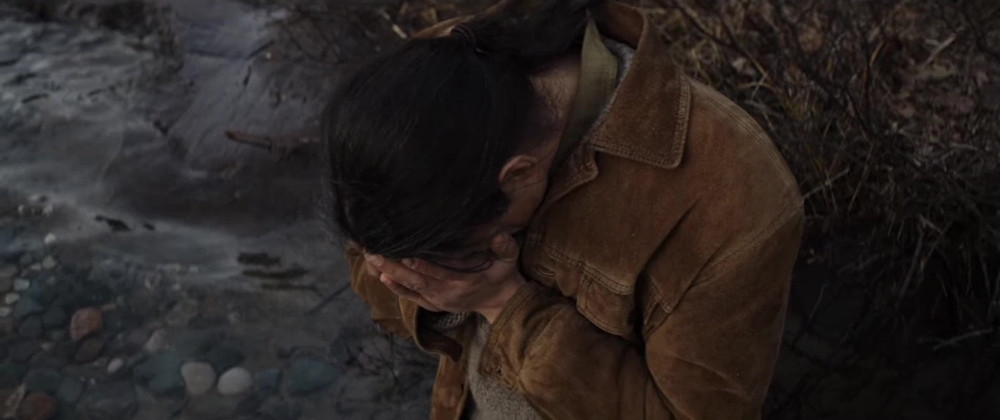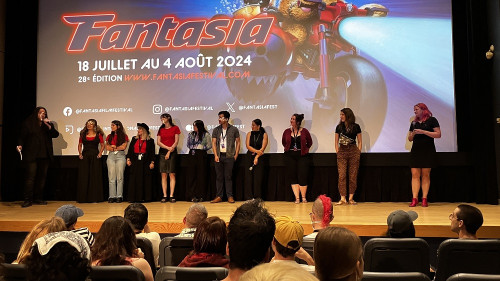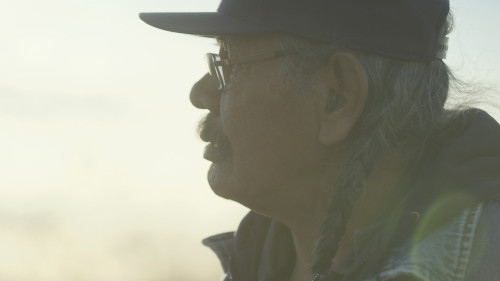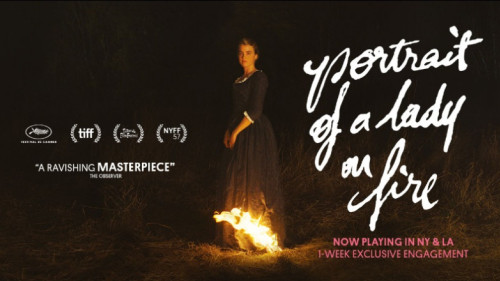Volume 26, Issue 5 / May 2022
Indigenous Themed Films
In this issue
-

The Many are One: The Wholeness of Native Americans in Te Ata (Frankowski, 2016)
-

The Reclamation of Culture: Smoke Signals and Skins by Chris Eyre
-

Indian Horse: Hockey Night In (a not so benevolent) Canada
-

“We Knew They Would Come for Us”: Danis Goulet’s Night Raiders (2021)
-
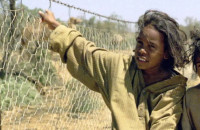
Representation of The Stolen Generation in Select Australian Feature Films
This special issue is based on films that concern themselves with Indigenous themes. All cultures rely on important modes of storytelling to pass on knowledge of their culture through story, myth, and folklore. The forms for this knowledge have been many, including drawing, oral tradition, dance, song and music, poetry, theatre, prose, literature, and film and video. The Indigenous Peoples (or First Nations) of North America have passed on this cultural knowledge through all of these forms, starting with one of the oldest, the oral tradition, but have had less opportunity to express their culture through forms more common in the West, such as film. In his essay “The Many are One: The Wholeness of Native Americans in Te Ata (Frankowski, 2016), Daniel Garrett wonders whether film is suited to expressing Native American cultures. Daniel Garrett’s multi-film review assesses several recent films which have given voice to Native American stories and events, some involving Native Americans in creative roles, such as Te Ata which stars Q’orianka Kilcher (of Huachipaeri and Quechua descent) as the famous Native known as Te Ata (1895 – 1995). Other films Garrett discusses include Hostiles (2017) , The Activist (2014), Winter in the Blood (2013), and Certain Women (2016). In a second essay, “The Reclamation of Culture: Smoke Signals and Skins by Chris Eyre” Daniel Garrett analyzes the important work of Native American filmmaker Chris Eyre, with a focus on Skins and his debut film Smoke Signals. Eyre’s groundbreaking work gives expression and voice to a varied representation of Native American character and story. Indian Horse (2017), by Stephen S. Campanelli, is based on one of Canada’s blackest marks in its young history, the State administered and Church run residential schools which were in operation from the late 19th century to 1996. Indian Horse, based on the novel by Ojibwe writer Richard Wagamese, dramatizes this all too real horror story and creates a jarring juxtaposition by conjoining Canada’s residential schools with its beloved National game, hockey. Night Raiders, reviewed here by Troy Bordun, takes the real life trauma of residential schools into the arena of science-fiction dystopia but co-writer/director Danis Goulet does not sacrifice any of the social messaging and has made a strikingly political science-fiction film about the history of residential schools and ongoing Indigenous land claims. It is hard to see much allegory in a character coded as a Cree activist standing off against a military force defiantly yelling, “Now get the fuck off our land!” The articles thus far have dealt with the Indigenous Peoples of Canada and the United States of America. Newcomer Betty Merin Eapen shifts the focus to Australia in the final essay, “Representation of The Stolen Generation in Select Australian Feature Films”. As Eapen explains “First Nations of Australia are historically unrepresented in the culture medium and are the products of racial prejudices. The liberating voices of the Fourth World have questioned the structures of racial domination and the dehumanization process. A handful of filmic narratives captured the indigenous, ethnic and cultural diversity focusing on the issues of powerlessness, victimization and alienation. This essay surveys the creative voices of Australian film history which deals with the issue of the Stolen Generation [Australian equivalent of Indigenous children who went through Canada’s residential schools, ed.]. The paper also examines the varying perspectives of the society towards the production and consumption of Aboriginal feature films after key historical decisions/events in the country, leading to the partial acceptance of the national identity. The select films for the study are Jedda, The Chant of Jimmie Black Smith, Rabbit-Proof Fence and Radiance.” (Donato Totaro, ed.)
Cover image from Indian Horse

